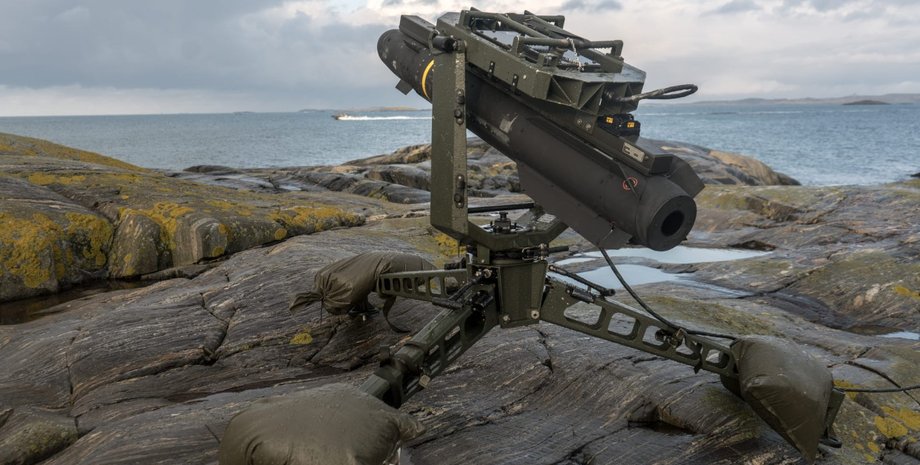
 By Natali Moss
By Natali Moss
Why is such a super weapon criticized in the US? Critics claim that the cheap and effective Hellfire missile has trained the US military to use lethal weapons whenever possible. Focus translated the article "What you need to know about the American AGM-114 Hellfire missile" by defense expert Harrison Cass for The National Interest portal. Cass described the super capabilities of weapons used by the U. S.
Army on the front lines, among others, and explained why the United States has questions about these weapons. As a result of President Trump's strikes against Venezuelan drug couriers, the sixth boat was destroyed last week. The administration has provided few operational details about the strikes, leaving the public to speculate about the details of the operation. For example, she declined to reveal what type of munitions are used to destroy these small surface vessels.
There is no exact confirmation, but most likely the US Navy uses the AGM-114 Hellfire air-to-surface missile. AGM-114 Hellfire was created from the beginning to give helicopters the ability to destroy armored vehicles from a distance that exceeds the range of small arms. Developed in the 1970s and fully refined by the 1980s, the Hellfire series of missiles quickly evolved from single-purpose anti-tank missiles to one of the world's most common precision munitions.
The platform is characterized by flexibility — compact dimensions, a powerful cumulative charge and a homing head that can be adapted for different purposes. The result was an effective weapon that can be carried by both rotorcraft and airplanes. The very first Hellfire missiles had semi-active laser-guided warheads. A third-party operator "marked" the target with a laser, and the missile was guided by the reflected light.
This design worked well against single units of armored vehicles and fortified point targets. But over time, the rocket was improved. Variants with high-frequency radar homing heads could engage targets in more difficult atmospheric conditions, such as smoke, dust or poor visibility, regardless of laser illumination. The number of Hellfire missile warhead options has also increased.
To the original single-charge anti-tank munitions (HEAT) were added tandem charges designed to destroy reactive armor, as well as high-explosive/fragmentation and thermobaric designs against structures and personnel. Then came integration with a variety of platforms, from attack helicopters to fixed-wing aircraft and AC-130 gunships [a gunship, or gunship, is a heavily armed fire support aircraft], and more recently, unmanned systems such as the MQ-1 Predator and MQ-9 Reaper.
The first large-scale use of Hellfire took place during Operation Desert Storm, when the missile was used to destroy Iraqi armored vehicles in the deserts of Kuwait. After the terrorist attacks of 9/11 and during the subsequent war on terror, Hellfire became a primary weapon in the campaigns against insurgents and terrorists. UAV-mounted Hellfire missiles allowed surveillance platforms to perform strike missions.
This capability has fundamentally changed the face of warfare in the 21st century, allowing the US to continuously track and immediately strike targets. At the same time, the versatility and constant use of Hellfire caused heated debate. The combination of these weapons with remotely operated systems has ushered in a new era of stealthy but extremely lethal operations, raising complex ethical, legal and diplomatic questions about selective killing, state sovereignty and accountability.
From a legal point of view, Hellfire does have a long history of being used without a valid legal basis. From an ethical point of view, Hellfire lowers the threshold for the use of lethal weapons. Because the Hellfire is miniaturized, accurate, and can be launched from drones with a long flight time, this platform makes kills surgically precise and inexpensive. There is no need to conduct raids, deploy troops or even carry out airstrikes.
Hellfire's convenience thus normalized the use of lethal weapons as the first resort against enemies, as demonstrated repeatedly by the Obama administration during the war on terror. The Trump administration is following the same scenario against drug traffickers in the Caribbean. Harrison Cass is a senior defense and national security writer at The National Interest.


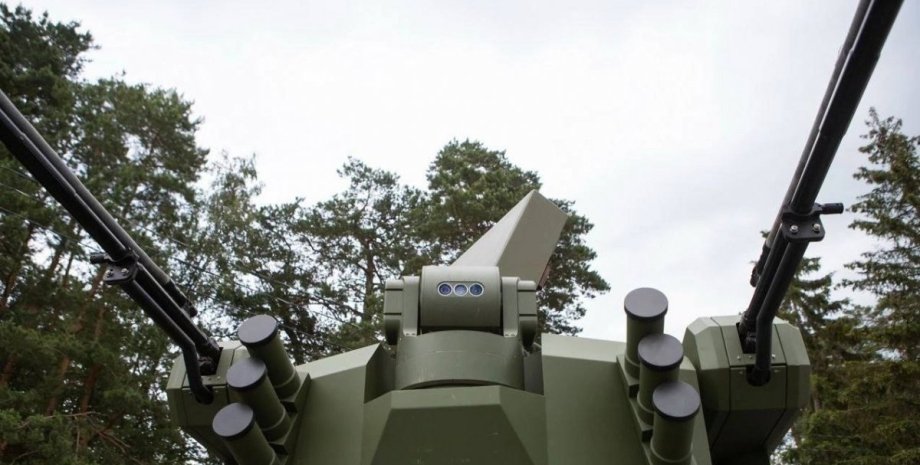

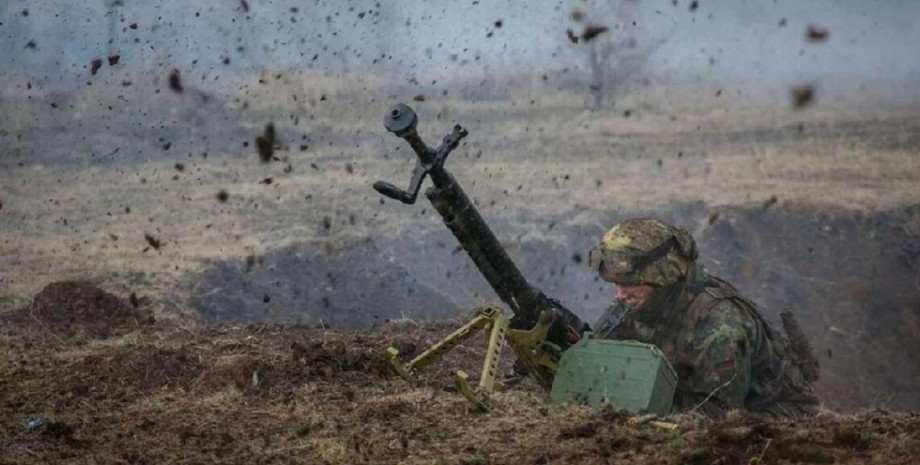

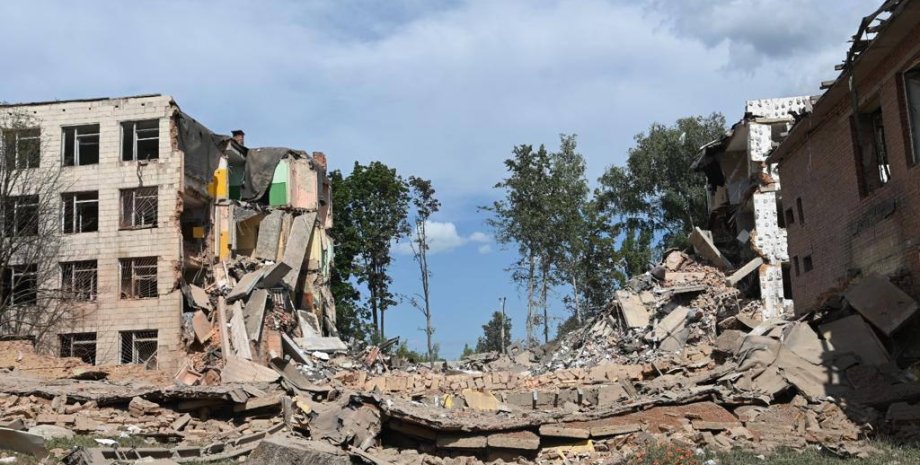
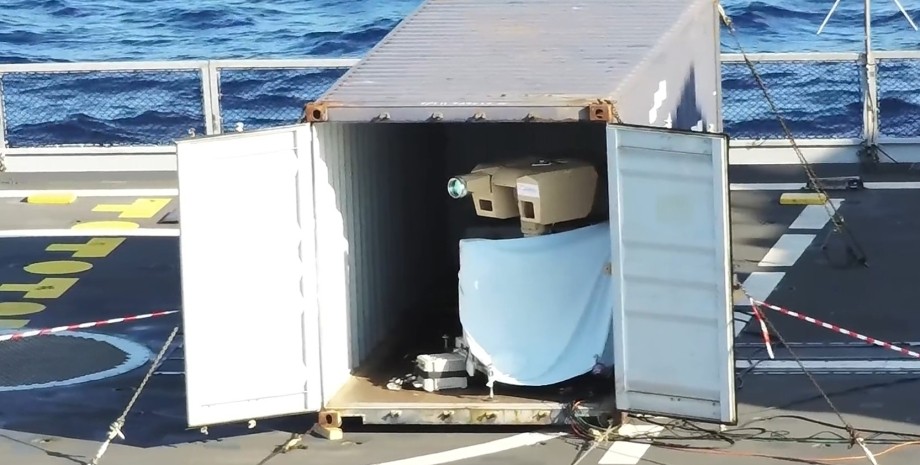

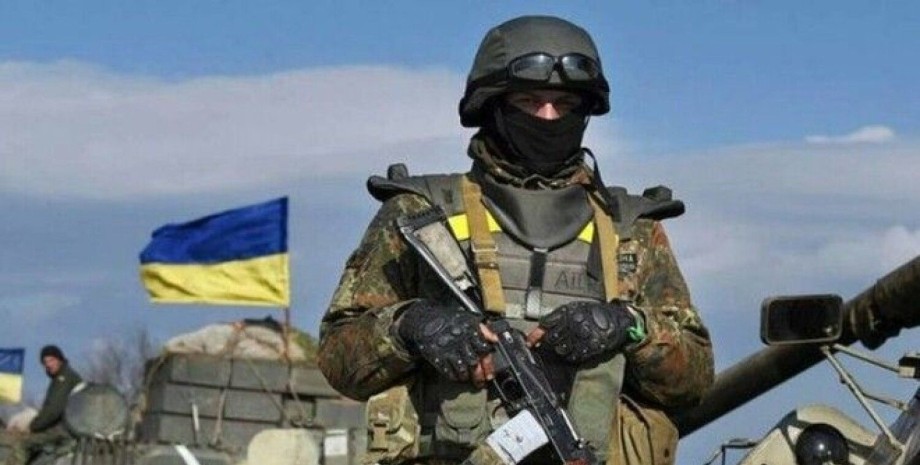
All rights reserved IN-Ukraine.info - 2022